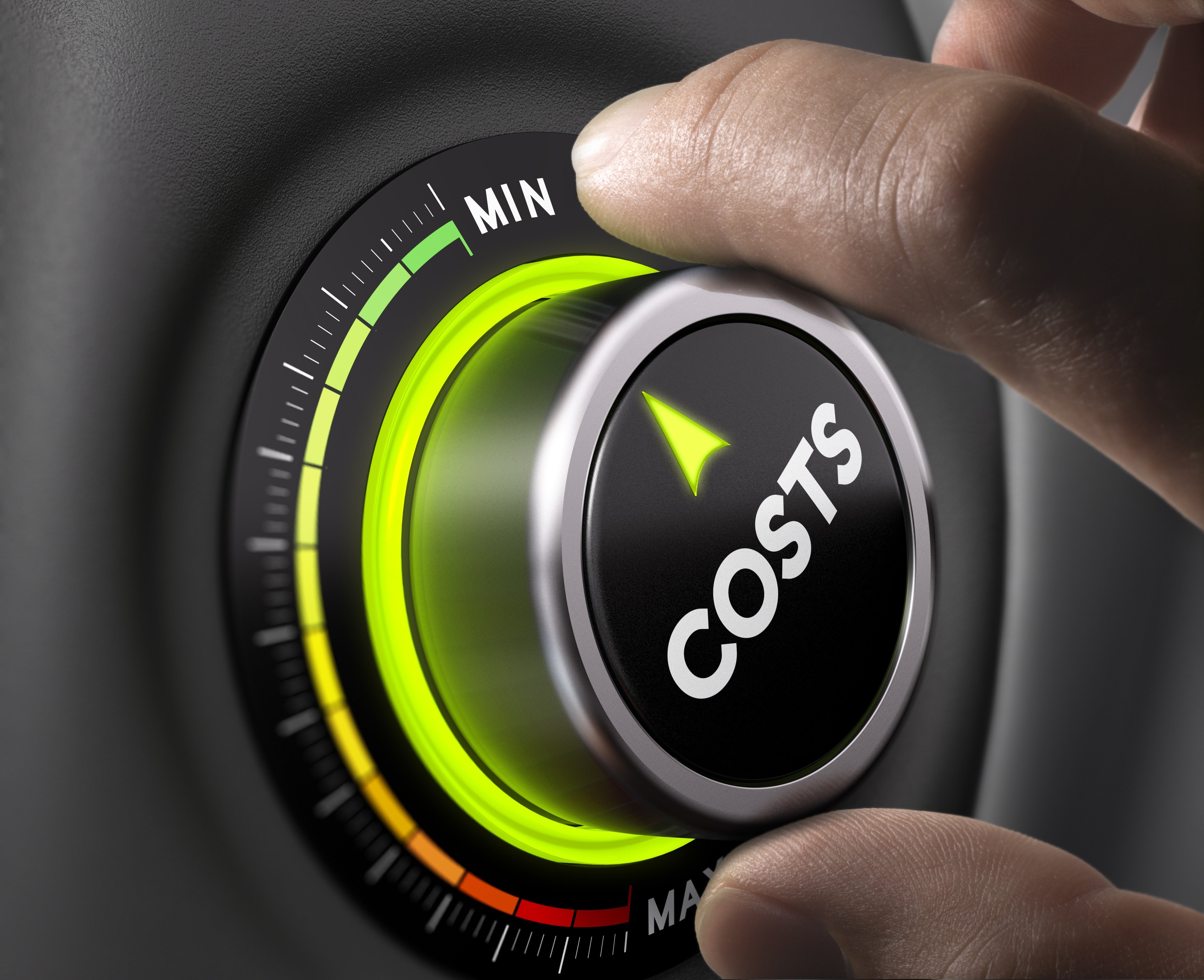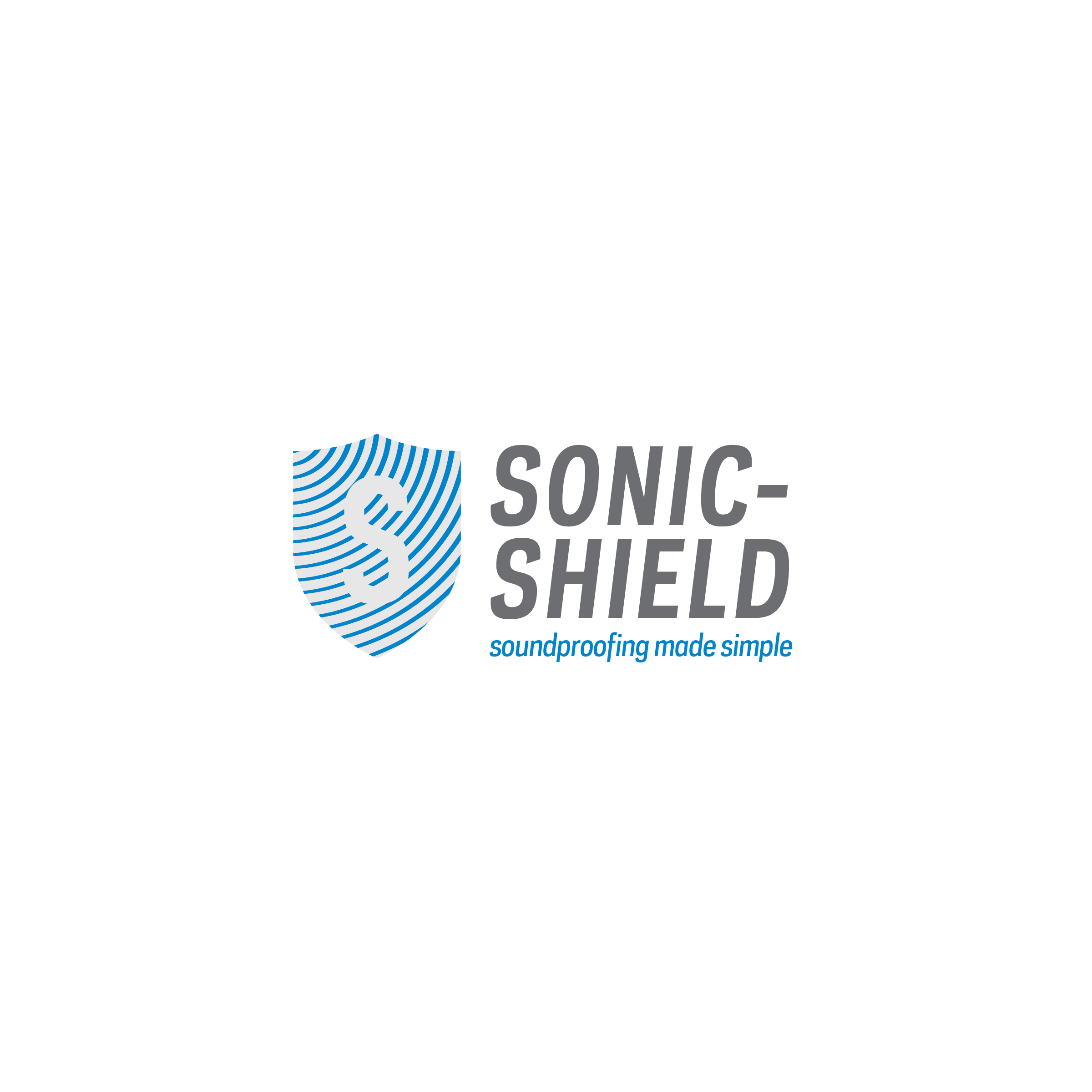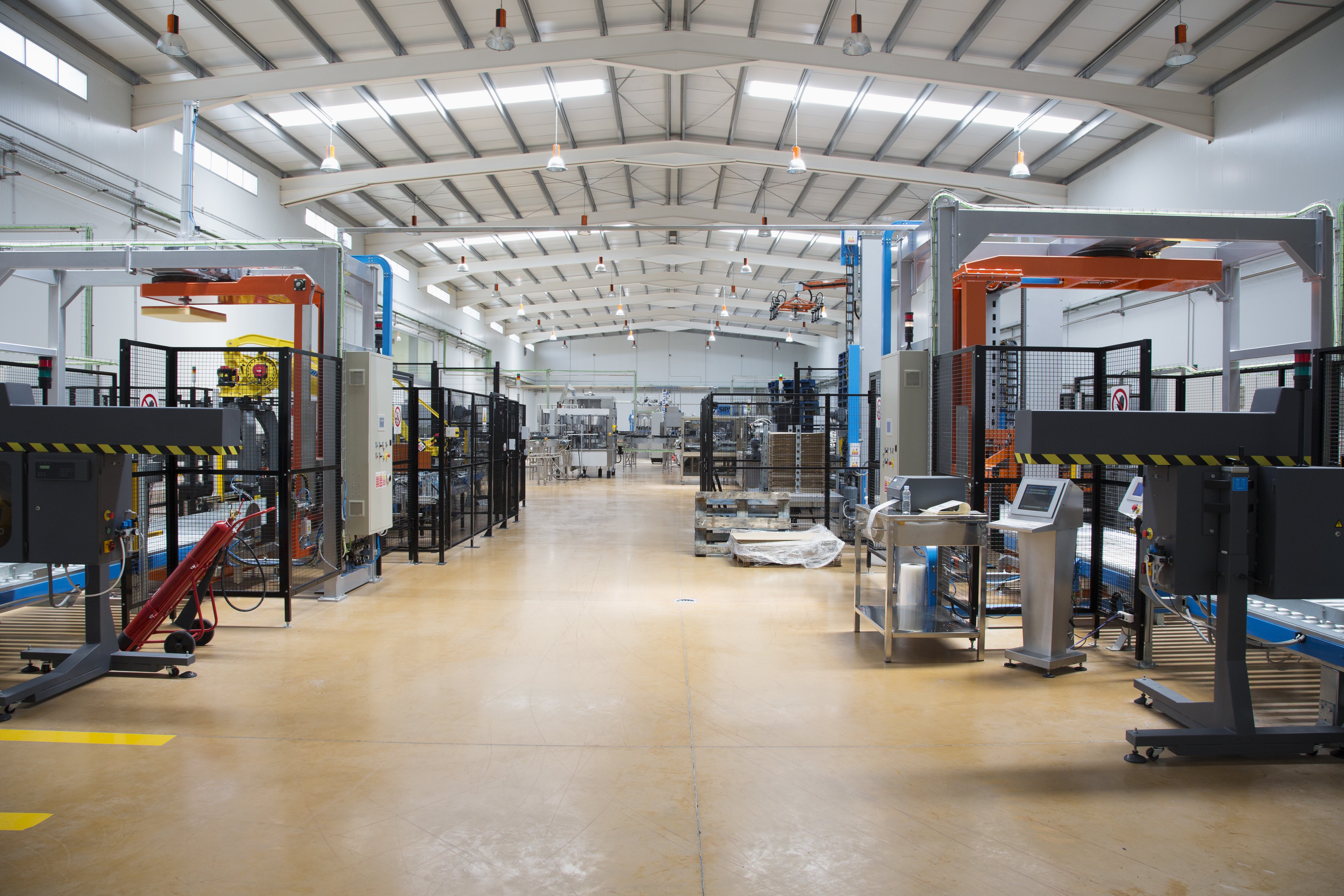
As more and more manufacturers and business owners make hearing conservation a priority this year, it’s easy to understand why: The true cost of noise isn’t soundproofing; it’s the impact of not soundproofing.
Granted, soundproofing comes at a cost – typically a fixed, one-time cost. But not soundproofing comes at a greater cost that also impacts businesses and their employees in perpetuity. How? Noise negatively impacts worker productivity and safety, and a company’s bottom line in the form of medical costs and OSHA penalties.
In fact, businesses lose an estimated $600 billion a year to workplace distractions. So when it comes to soundproofing, businesses must make a choice: Electing to be proactive – and saving money in the long run – or electing to be reactive – and losing money indefinitely.
As we’ve discussed before, it’s important to understand how noise can negatively impact both employees in the workplace and a company’s bottom line. But how, exactly?
The Human Impact of Noise
Noise can result in temporary or permanent hearing loss, create physical and psychological stress, reduce productivity, interfere with communication and concentration, and contribute to workplace accidents and injuries by making it difficult to hear instructions, warning signals or alarms.
In fact, the National Institute for Occupational Safety and Health (NIOSH) estimates that 30 million workers in the United States are exposed to hazardous noise. Further, NIOSH reports that occupational hearing loss is one of the most common work-related illnesses in the United States, with roughly 22 million U.S. workers exposed to hazardous noise levels at work annually.
Further, an American Journal of Preventive Medicine study found that reducing noise levels by just 5 decibels would reduce the prevalence of high blood pressure by 1.4 percent and coronary heart disease by 1.8 percent.
The Financial Impact of Noise
Beyond the human impact of noise in the workplace, there are also the financial implications to consider. According to OSHA, twenty-two million workers are exposed to potentially damaging noise at work each year. And last year alone, U.S. businesses paid more than $1.5 million in penalties for not protecting workers from noise and though it's impossible to quantify the human toll of hearing loss, an estimated $242 million is spent annually on workers' compensation for hearing loss disability.
While the exact definition of industrial or manufacturing noise can be somewhat subjective, OSHA defines the hazard of noise – and the subsequent requirement of noise monitoring – to be when exposure levels in the workplace equal or exceed the 85 dBA action level.
Additionally, there is a direct correlation between the value of a business and how much risk is associated with that business as lower risk means a higher valuation. And that same study from the American Journal of Preventive Medicine that found a 5-decibel noise reduction would benefit business an estimated $3.9 billion annually.
Simply put: Eliminating noise means lowering risk for your business which equates to your business being worth more.
Proactive vs. Reactive Soundproofing
Noise control should be a consideration from the very first planning stage – not an afterthought- which is another factor that drives up the cost of noise- or soundproofing. It’s exponentially easier to provide soundproofing at the onset of a building project, remodel, or addition rather than retroactively. Once you have to remove/rebuild, the costs can be much higher than simply working with an acoustics expert from the onset of building or remodeling a space.
At Sonic-Shield, we offer a wide variety of noise control products, such as our Sonic-Shield™ Noise Barrier and Sonic-Fiber Noise Absorber, so we can reduce noise levels within any size or shape manufacturing or industrial facility.
Our acoustical testing services are available to audit your facilities with the goals of keeping productivity up and costs down. Contact us today to learn more.




